Brain food: Metric-driven effort, AI car design, and mouse DNA
Welcome to this week's brain food. These aim to be short and easy to digest pieces that enrich your work and life with simple ideas and principles.
Any action is almost always better than inaction
▓▓▓░░░░░░░░░░░░
2023 year progress: 19% complete
Today in a nutshell
- Overcoming analysis paralysis with metrics
- Using AI to design cars based on technology companies
- The similarity between humans and mice
Metric-driven effort
All too often, we get caught up in analysis paralysis mode when trying to figure out where our attention and effort should go. This is especially true when we have multiple areas to look after or contribute to. If we have four different projects (or areas of a single project), large and small, we might feel overwhelmed and go down a rabbit-hole of thinking without any action. This deep thinking triggers questions in our heads that we don't know answers to, which in-turn makes us feel more overwhelmed.
By figuring out the answers to our questions, we can devise purposeful small actions that make a difference. And the answers might reveal things we've never considered before. Furthermore, actions taken based on metrics can be measured against the metrics to determine levels of success.
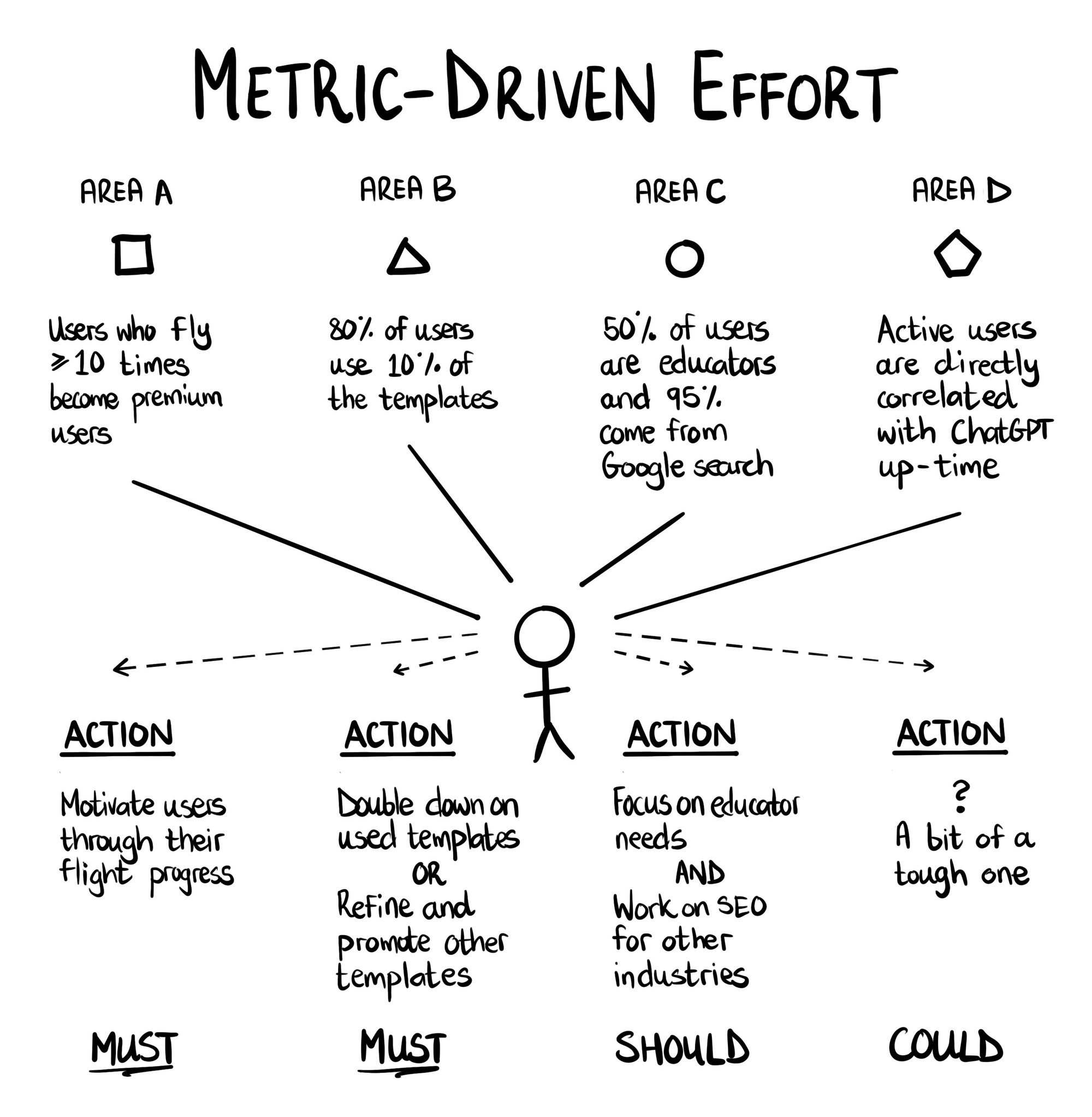
The above example illustrates Alice thinking about four different software projects that are under her care. If she just looked at each project as a whole without getting into the weeds, little to no action is taken. But by asking questions that reveal empirical answers, Alice can create meaningful actions that directly influence the answers next time she asks the same questions. Additionally, we can't do everything, and must accept that. Using metrics, Alice can prioritise what initiatives and actions are most important in the short, medium, and long term. This isn't only applicable in the world of software and marketing, consider:
- An agile coach: might measure what deliverables actually get used by end-users, and better nurture the team to to prioritise those.
- A technical leader: might measure the cost impact of using different cloud services or API providers, then propose experiments to optimise costs.
- A sales team: might determine which explainer content provided to clients generate the most interest and closed sales, then focus ruthlessly on that.
Note: Be careful of survivorship bias. It's a logical error where we focus on successful outcomes because only data surrounding it is available, and not concern ourselves with the converse. For example: If 80% of users use 10% of the templates, it might mean that 10% of templates are great, or that 90% of templates aren't properly understood. More on Survivorship Bias in the next brain food edition.
If you need a way to brainstorm questions and metrics with your team, consider trying Interacts. A hybrid collaboration tool that I've been building to make teams more engaged and productive.
AI car design
Technology companies are beginning to rule the world. And electric and autonomous cars are all the buzz. As an experiment, I wanted AI to imagine what cars by different technology companies might look like, inspired by their logos.
To conduct this experiment, I fed Midjourney AI the logos of popular technology companies as a reference image that it would then use to generate futuristic car concepts.
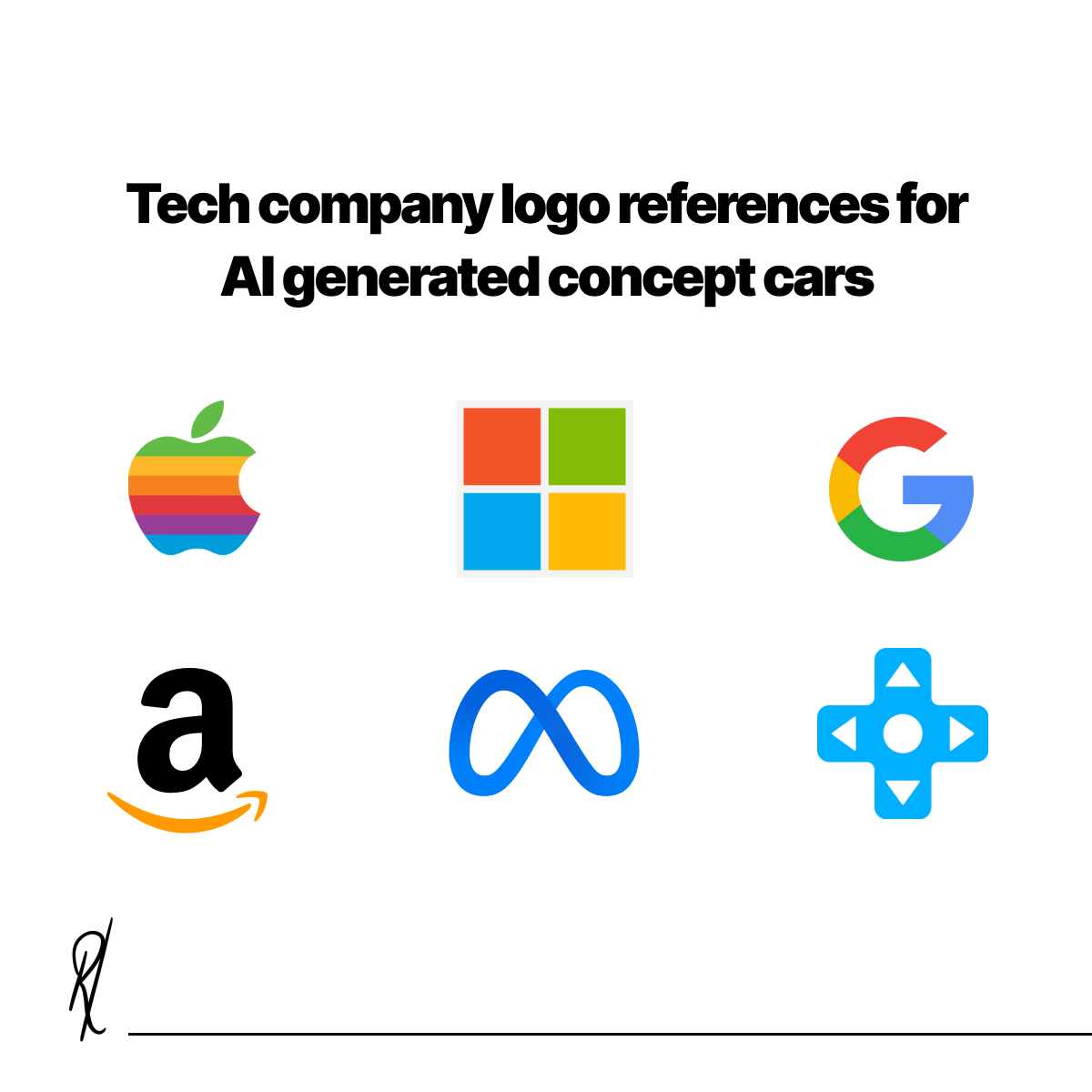
I must admit, I did take some liberty in using keywords in some AI prompts to better direct the AI. For example, adding "Tesla" as a term for Apple's car.

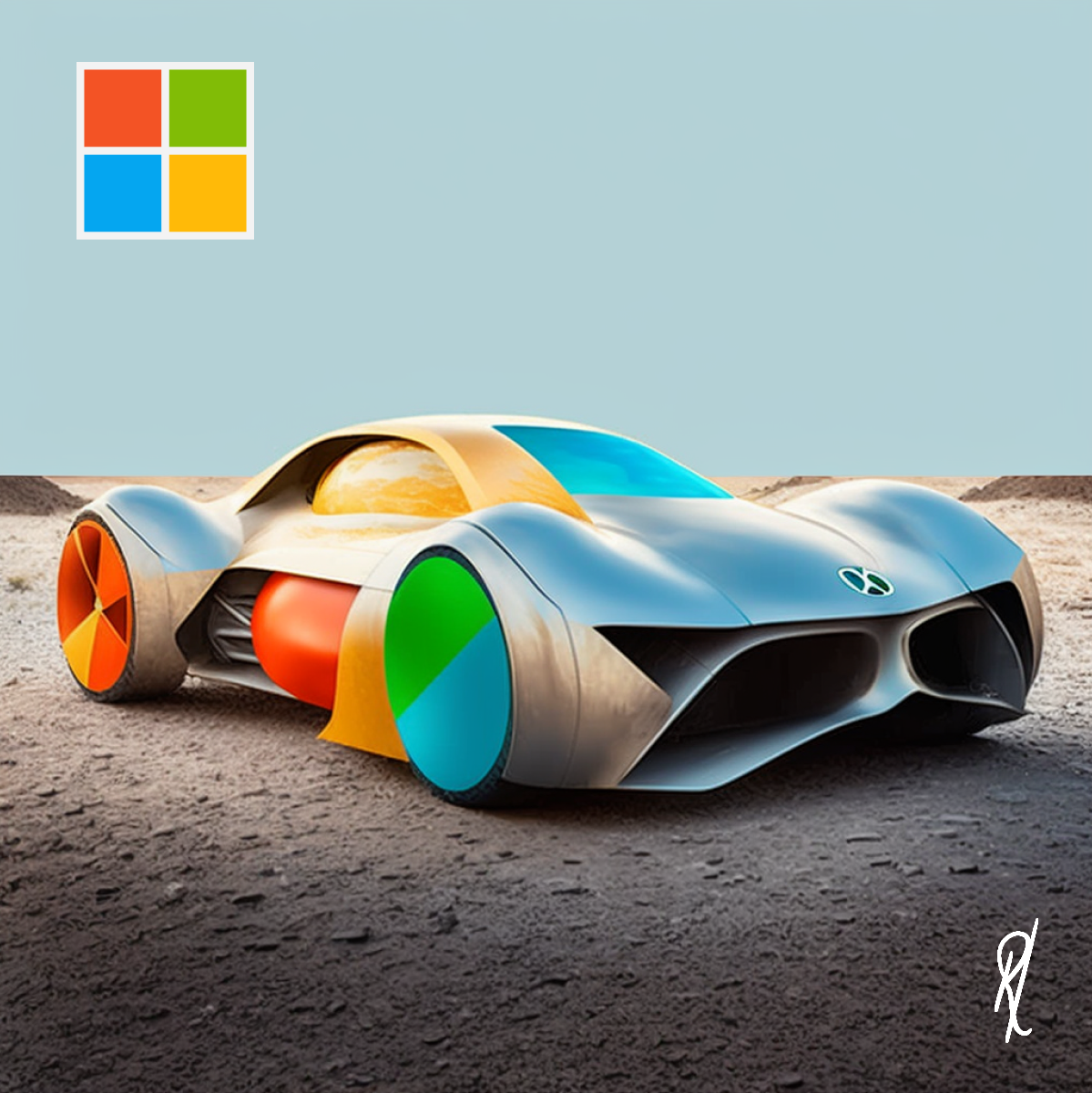
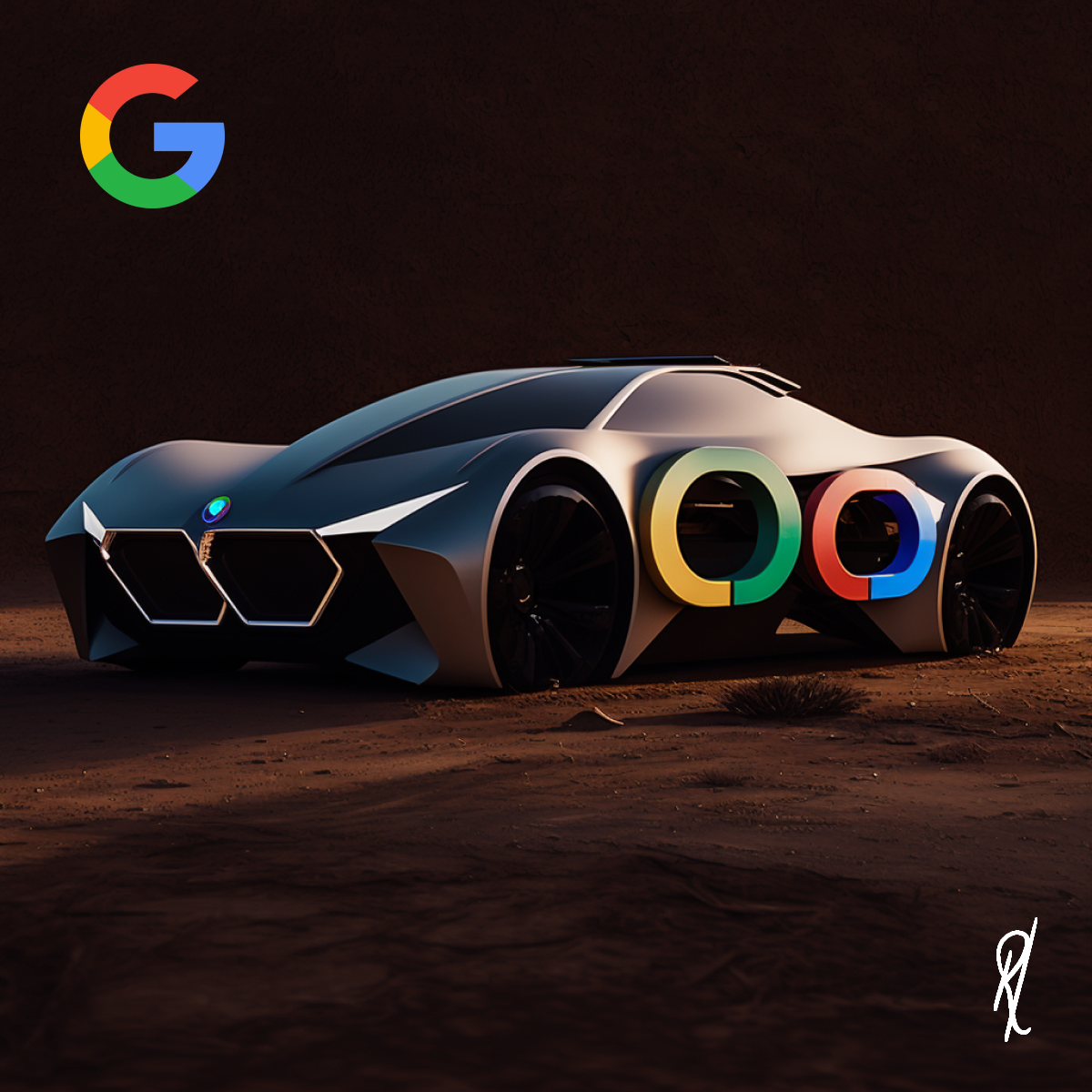

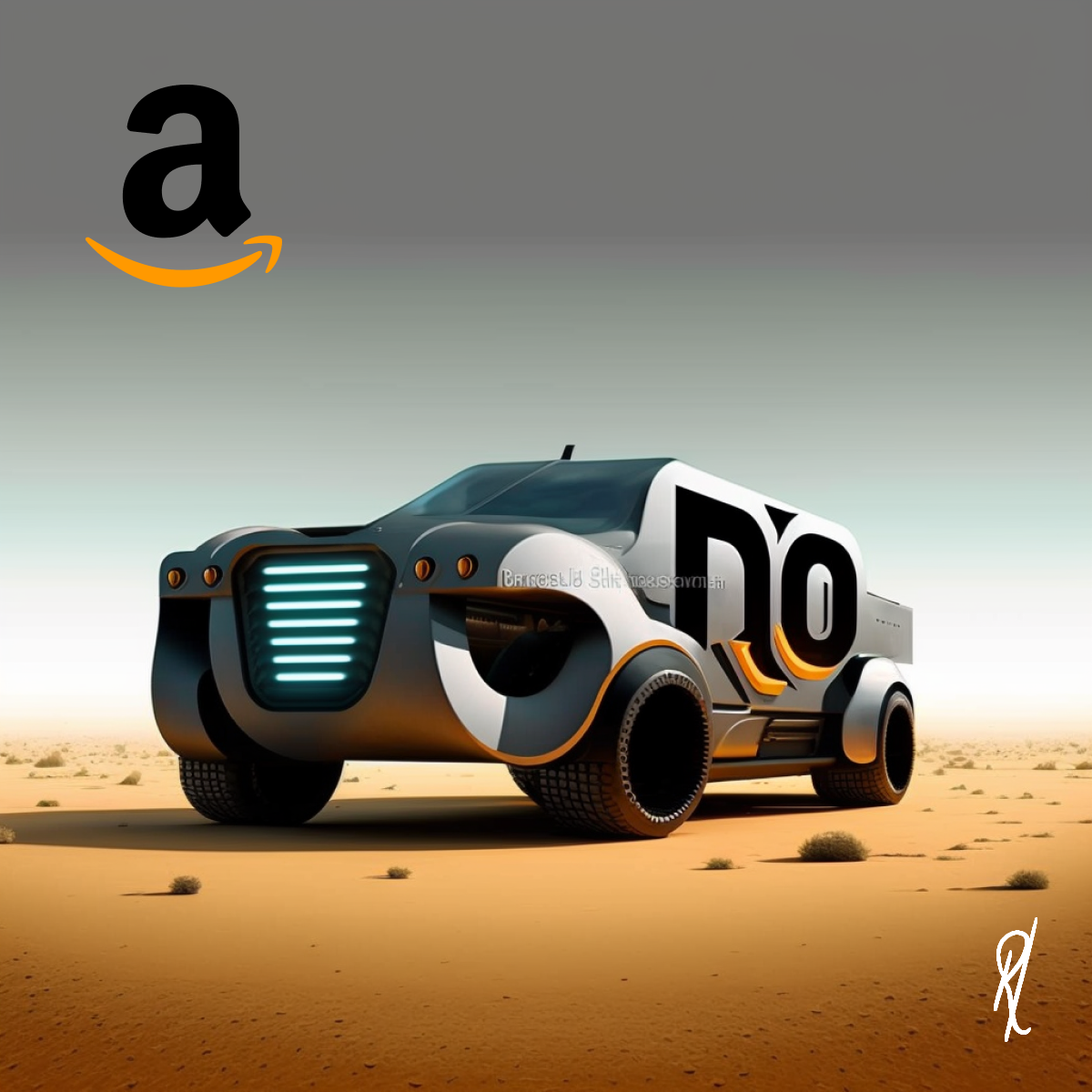

Some observations based on the results:
- Most cars tend to have a "bubble" shape, very rounded and sleek. It is likely that this is due to the logos themselves being curvy and round in most instances, however most concept car ideas created by people tend to have large exaggerated rounded shapes. Remember, AI's use human-generated content to "learn".
- The cars tend to take their colour, overall form and accents from the details of the logo. Notice the "O"s in Google's car, the sharp arrow shapes in the Interacts car, and the infinity-like shape in Meta's car.
- In many of the results (Including ones not shown here), the AI seems to have a tough time representing the front and back of a car. In some cars, it's difficult to tell if you're looking at it from the front or back. Microsoft's car and Meta's car are good examples of this.
Would you drive any of these cars? What machinery would you want AI to generate? Enage with me on LinkedIn.
Mice DNA
95% of the genetic sequence of a mouse is the same as that of us humans. And we have the same ancestors as mushrooms and fungi. What do possibilities are hidden in these facts?
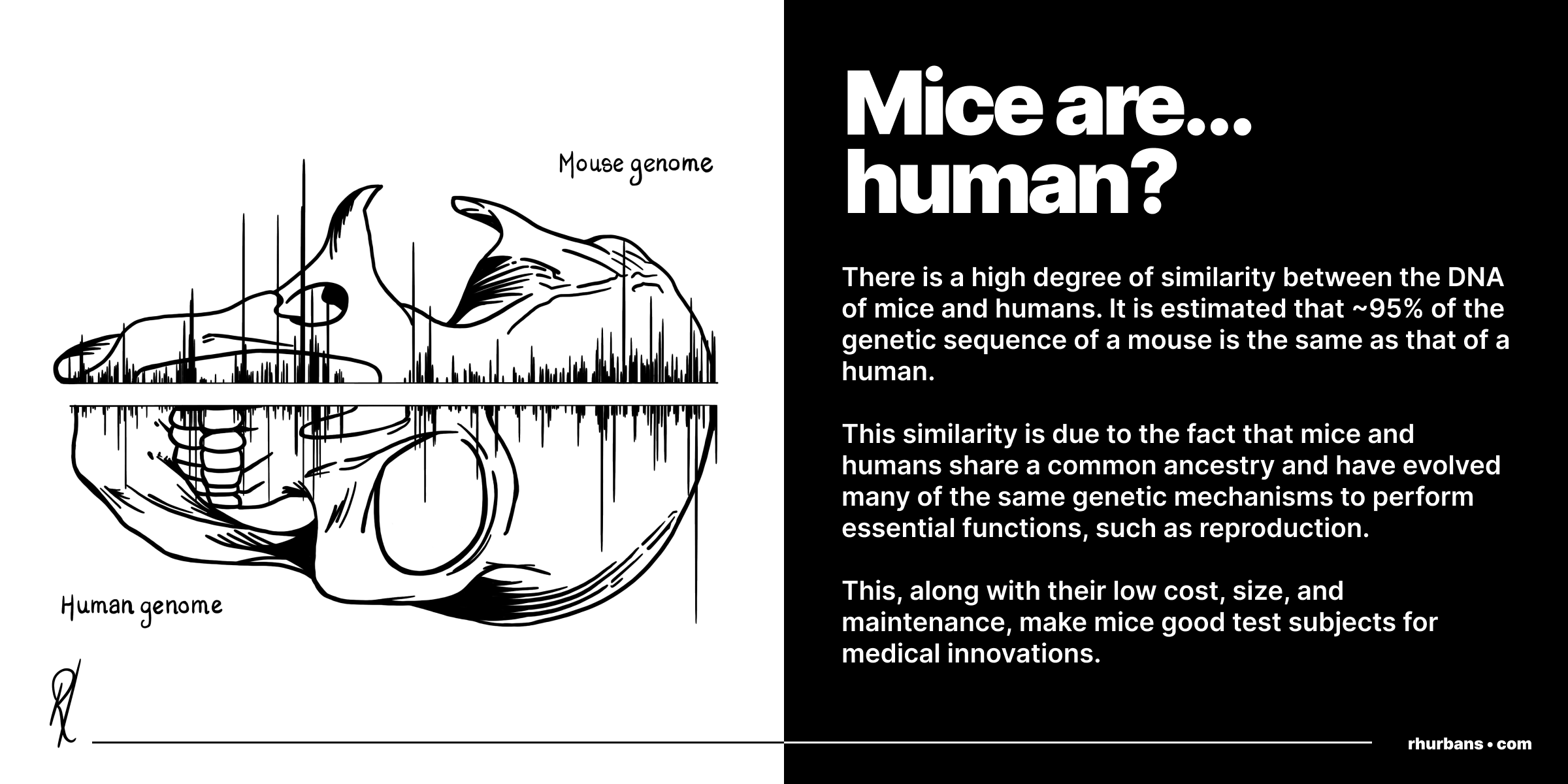
Download the full "Ideas everyone should know" eBook here.
I hope you enjoyed and was enriched by this edition!
If you missed the previous edition, read about Deep work vs. collaboration.
Try my apps
I'm dedicated to building solutions that make people more productive and happy. I'd love it if you tried my apps, and appreciate any feedback you have! You can email me.
Interacts: A remote and hybrid collaboration tool for engaging workshops, retrospectives, team building and more – InteractsApp.com
FancyGPT: A Chrome extension to save and share beautiful ChatGPT snippets as images, searchable PDFs, and text files – FancyGPT.com
Share and stay in touch
If you enjoyed today's newsletter, please share it with your friends, family, and colleagues!
If this email was forwarded to you, consider subscribing to receive them in future.
Connect on LinkedIn
Follow on Twitter
Processing your application
There was an error sending the email, please try again
